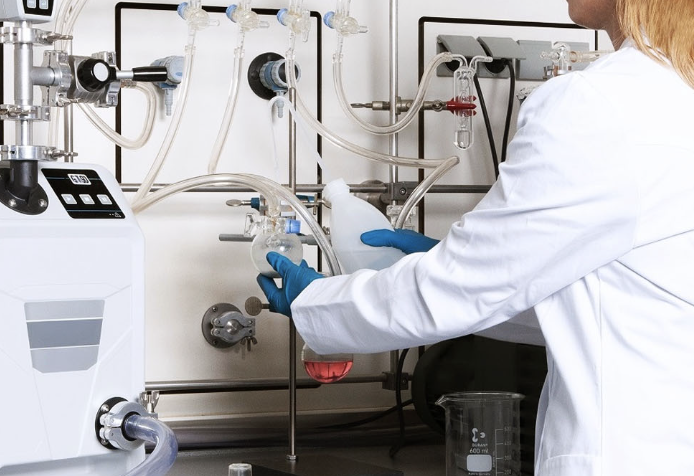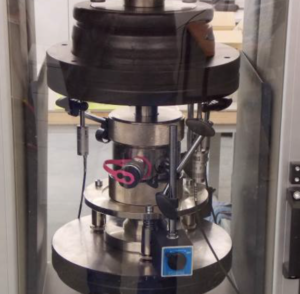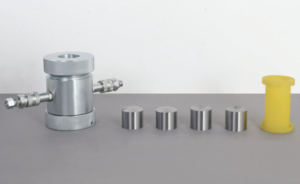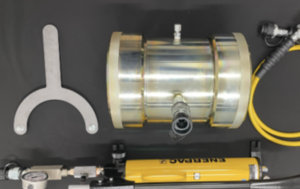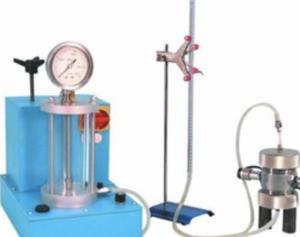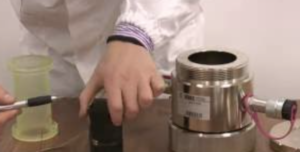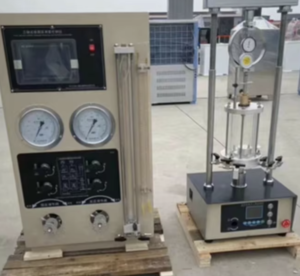Vacuum pumps are essential in geotechnical laboratories for processes like membrane mounting, vacuum saturation, and pore pressure control during triaxial tests.
The best vacuum pumps for geotechnical testing combine strong suction power, consistent performance, low maintenance needs, and compatibility with laboratory setups.
What Makes a Vacuum Pump Ideal for Geotechnical Testing?
In soil mechanics and geotechnical engineering, vacuum pumps are used for:
- Removing air from soil samples before saturation
- Assisting membrane mounting without damaging latex membranes
- Maintaining stable vacuum levels during test preparation
Key selection factors include:
| Selection Criteria | Tại sao nó lại quan trọng |
|---|---|
| Vacuum Capacity (mbar)1 | Determines how effectively air can be removed |
| Flow Rate (L/min)2 | Impacts speed of saturation and sample preparation |
| Noise Level | Important for comfortable lab environments |
| Oil vs. Oil-Free | Oil pumps offer stronger vacuum, oil-free require less maintenance |
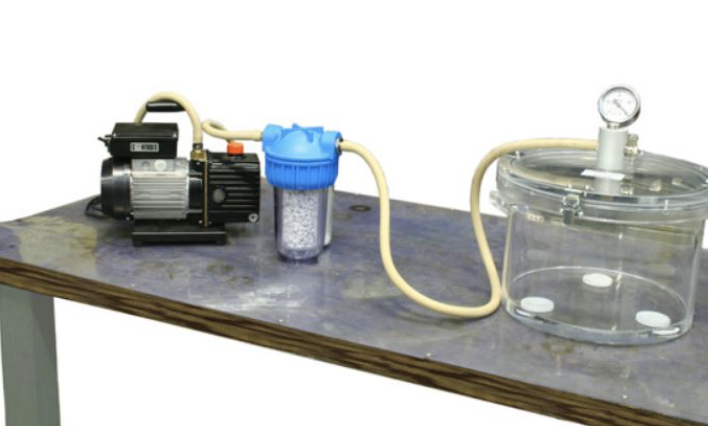
Top Vacuum Pump Models in Geotechnical Labs
Here are some widely used vacuum pumps in soil testing laboratories:
| Model | Type | Key Features |
|---|---|---|
| Edwards RV5 | Rotary Vane | High vacuum capability, reliable for continuous operation |
| Gast DOA-P704-AA | Oil-Free Piston | Compact, low maintenance, good for membrane mounting |
| Welch 1402B-01 | Rotary Vane | Strong suction, durable design for heavy lab use |
| KNF N 816.3 | Diaphragm | Oil-free, quiet, suitable for portable setups |
| ULVAC DA-60D | Rotary Vane | Stable vacuum, efficient motor, long service life |
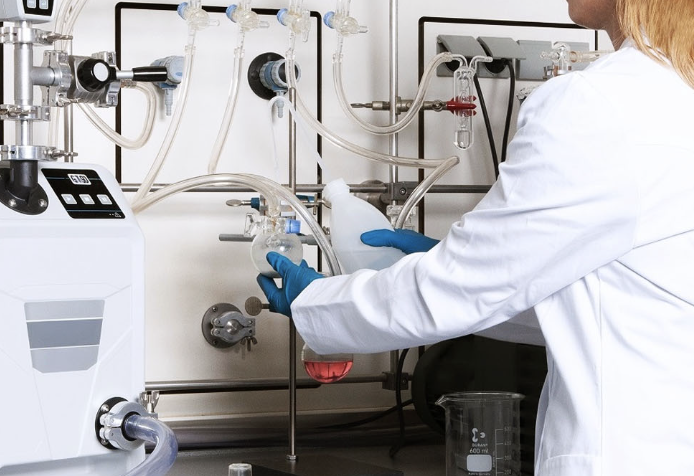
Why Certain Models Dominate the Market
Popular vacuum pump models in geotechnical labs often have:
- Proven Reliability3 – Consistent performance over years of operation
- Serviceability – Easy access to spare parts and technical support
- Versatility – Ability to handle multiple lab applications
- Low Downtime4 – Robust designs that withstand continuous use
These factors make certain pumps the industry standard for universities, research labs, and commercial geotechnical facilities.
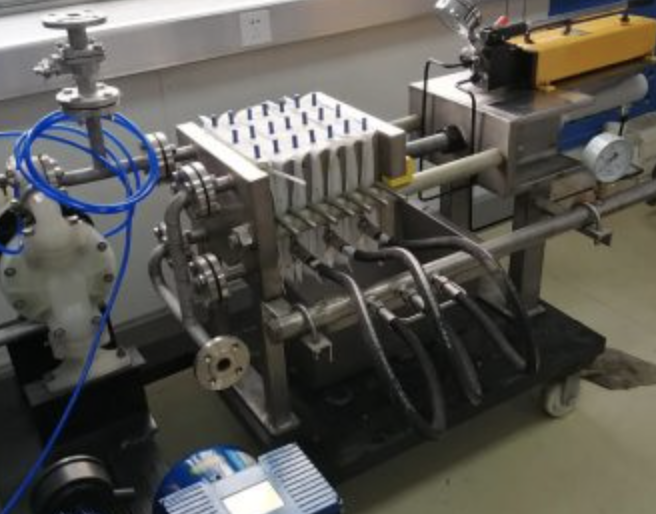
Maintenance and Best Practices for Longevity
| Nhiệm vụ bảo trì | Tính thường xuyên | Notes |
|---|---|---|
| Oil Change (rotary vane)5 | Every 3–6 months | Use manufacturer-recommended oil |
| Filter Replacement6 | Cứ sau 6 tháng12 | Prevents contamination and wear |
| Seal Inspection | Quarterly | Ensures no air leakage |
| Performance Check | Annually | Verify vacuum pressure against specs |
Pro Tips:
- Keep pumps in a clean, dust-free environment.
- Avoid prolonged operation at maximum load to reduce wear.
- Follow the manufacturer’s startup and shutdown procedures.
Phần kết luận
Selecting the right vacuum pump for geotechnical testing is a balance between capacity, reliability, and maintenance needs. Models like the Edwards RV5, Gast DOA-P704-AA, and Welch 1402B-01 have earned their place in labs worldwide for their consistent performance and durability. With proper maintenance, these pumps can provide years of dependable service in demanding geotechnical applications.
-
Understanding vacuum capacity is crucial for effective soil sample preparation and testing. ↩
-
Exploring flow rate impacts can enhance your knowledge of efficient sample preparation techniques. ↩
-
Explore this link to discover vacuum pumps known for their proven reliability, ensuring consistent performance in your lab. ↩
-
Check out this resource to learn how specific vacuum pump designs can reduce downtime, enhancing productivity in your lab. ↩
-
Explore this link to learn essential tips for maintaining your rotary vane pump’s performance and longevity. ↩
-
Discover expert insights on filter replacement to ensure optimal operation and prevent costly damage. ↩

